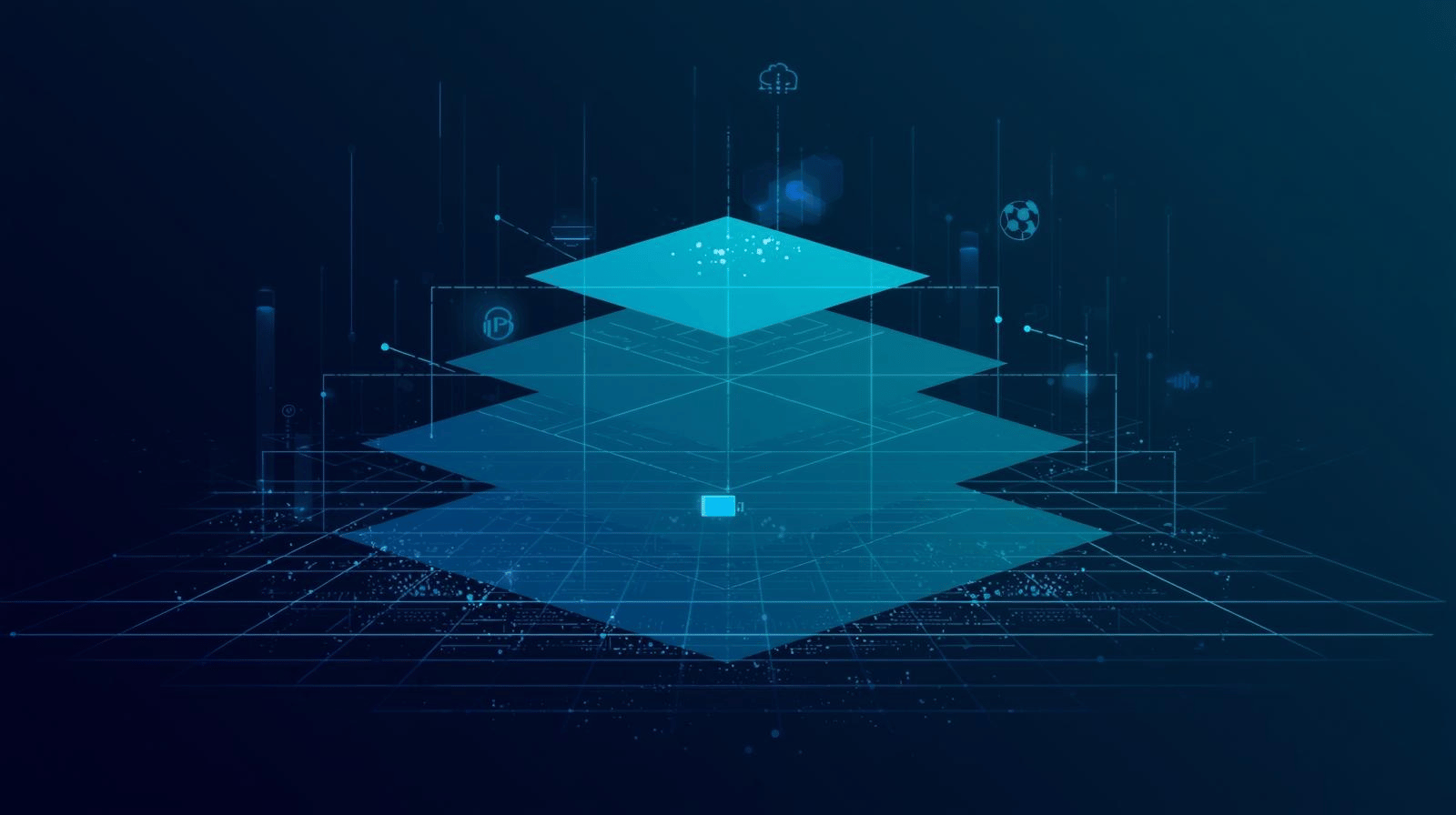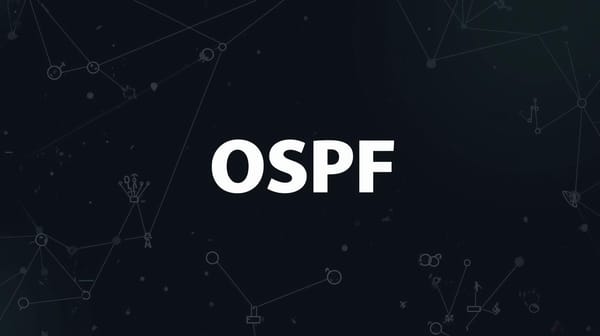How the OSI Model and TCP/IP Suite Work Together
The OSI model provides structure; the TCP/IP suite delivers action. Learn how both align across layers to improve design, troubleshooting, and security. Understand real protocol mappings like HTTP, TCP, and IP, and apply layered thinking to diagnose and secure modern networks efficiently.

Their layers align closely: OSI Layers 7–5 map to the TCP/IP Application layer, OSI’s Transport aligns with TCP/IP’s Transport, Network maps to the Internet, and Data Link/Physical correspond to Network Access.
By mapping protocols like HTTP, TCP, IP, and Ethernet across these layers, you gain a structured way to isolate problems, secure each tier, and understand how data flows end to end.
Why Two Models Exist and When Each Matters
Although they overlap, the OSI model and the TCP/IP suite serve different purposes: OSI provides a clear, layered blueprint for teaching and analyzing network functions, whereas TCP/IP defines the protocols and behaviors that actually move data on today’s networks.
You use the OSI model when you need a common vocabulary, precise scoping of problems, and a neutral way to reason about services, interfaces, and responsibilities. It’s ideal for training teams, writing policies, and framing vendor discussions.
You use the TCP/IP suite when you’re building, configuring, and operating real systems. It anchors concrete choices: addressing, routing, name resolution, session management, and application delivery.
In practice, you’ll design with TCP/IP constraints, then explain, document, and troubleshoot with OSI language so stakeholders share the same conceptual map.
Layer-by-Layer Alignment of OSI and TCP/IP
Think of alignment as a translation guide between theory and practice: each OSI layer roughly maps to functions in the TCP/IP stack, so you can trace data end to end.
You’ll match the Application, Presentation, and Session OSI layers to the single Application tier in TCP/IP layers, where user services, data formatting, and conversations live.
Next, OSI’s Transport aligns with TCP/IP’s Transport for segmentation, reliability, and flow control.
OSI’s Network maps to TCP/IP’s Internet for logical addressing and routing.
Finally, OSI’s Data Link and Physical layer pair with TCP/IP’s Network Access to handle framing, media access, and signaling.
Use this alignment to identify where a problem resides, determine which metrics to inspect, and ensure controls are positioned at the appropriate layer boundaries.
Protocol Examples Mapped Across Both Stacks
With the layer alignment in mind, you can anchor it with concrete protocols that sit at each tier.
At OSI Layers 1–2 (TCP/IP Link), think Ethernet, Wi‑Fi, and ARP, enabling local addressing and media access.
At OSI Layer 3 (TCP/IP Internet), map IP, ICMP, and routing protocols like OSPF and BGP that move packets across networks.
For OSI Layer 4 (TCP/IP Transport), use TCP for reliable sessions and UDP for latency‑sensitive traffic like DNS queries or streaming.
At OSI Layer 5–7 (TCP/IP Application), tie in HTTP/HTTPS, DNS, SMTP, IMAP, SSH, and TLS, which secure and structure data.
This mapping lets you visualize the protocol stack end‑to‑end, connect roles to specific headers, and reason about network communication flow from physical media to application semantics.
Troubleshooting Workflows Using Layered Abstraction
Because layered models isolate functions, you can troubleshoot methodically from the bottom up or top down, cutting noise and narrowing faults quickly.
Start at Physical: check power, links, and interfaces. Move to Data Link: verify MAC tables, VLANs, and duplex. At Network, confirm IP addressing, routes, and reachability with ping and traceroute. For Transport, validate TCP/UDP ports, sessions, and resets. At Application, test service responses and logs.
Use OSI vs TCP/IP alignment to map symptoms to layers. If ARP fails, stay around Data Link/Network; if SYNs don’t complete, focus on Transport; if DNS misresolves, target Application.
Document each test, change one variable at a time, and compare known-good paths. This disciplined network troubleshooting flow speeds root-cause isolation and prevents guesswork.
Security Controls and Best Practices by Layer
While the OSI model is conceptual and TCP/IP is practical, you can align both to place security controls where they’re most effective and to layer defenses.
At Physical and Data Link, lock down ports, disable unused interfaces, use 802.1X, MAC filtering, and switch hardening.
At Network, segment your network architecture with VLANs, implement ACLs, route filters, and IPsec.
At Transport, prefer TLS, restrict risky ports, and enforce TCP hardening.
At the Session and Presentation, standardize strong ciphers, perfect forward secrecy, and certificate pinning.
At Application, apply input validation, authentication, authorization, rate limiting, and secure coding.
Across layers, deploy firewalls, WAFs, IDS/IPS, DLP, and SIEM.
Add DNS security (DNSSEC, filtering), MFA, patching, backups, zero trust, least privilege, and continuous monitoring.
Frequently Asked Questions
How Do These Models Impact Cloud-Native and Microservices Networking?
They shape your cloud-native networking by guiding service mesh layers, container networking, API gateways, and observability. You map policies to layers, secure east-west traffic, enforce zero trust, optimize latency, standardize protocols, and troubleshoot packet flows across pods, nodes, and multi-cluster environments.
What Certifications Emphasize OSI vs. Tcp/Ip Knowledge?
You’ll find OSI-heavy focus in CompTIA Network+, Cisco CCNA/CCNP, and Juniper JNCIA. TCP/IP emphasis appears in AWS Certified Advanced Networking, Palo Alto PCNSA/PCNSE, and Wireshark WCNA. You’ll study both in Security+, CEH, and GIAC GSEC.
How Do Models Relate to SDN and Network Automation Tools?
They guide abstractions. You map SDN control, data, and management planes to layers, then automate intent via APIs, YANG models, and Netconf/Restconf. You standardize telemetry, templates, and pipelines, ensuring vendor-neutral orchestration, policy enforcement, validation, and closed-loop remediation.
How Do Models Influence Network Performance Benchmarking Methods?
They shape what you measure, how you isolate variables, and where you attribute latency. You map metrics to layers, define test scopes, choose tools, normalize baselines, script repeatable workflows, and correlate results to application outcomes for actionable performance insights.
How Are Models Taught in Modern Computer Science Curricula?
They’re taught through a combination of theory and practice. You study formal abstractions, analyze trade-offs, and critique historical models. You implement prototypes, run experiments, and compare results. You use projects, peer reviews, and case studies to internalize modeling, validation, and ethical implications.
Final Thoughts
You’ve learned how to think in layers and act with precision. Use the OSI model to frame problems and the TCP/IP suite to solve them in the real world. Map protocols and symptoms to the right layer, verify assumptions step by step, and apply security controls where they’re most effective. When latency spikes, packets drop, or access fails, you won’t guess—you’ll isolate, test, and fix. Keep iterating your mental model, and you’ll design, secure, and troubleshoot faster.



